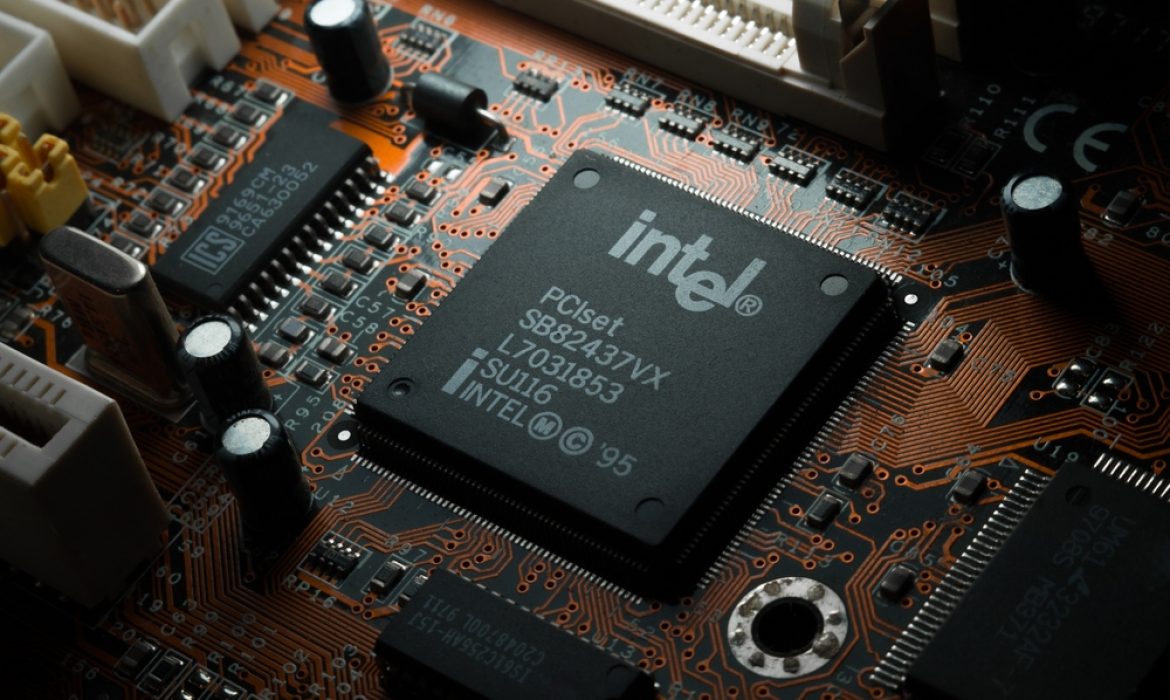Intel, a titan in the world of semiconductor technology, is poised to disrupt chip manufacturing as we know it with its revolutionary PowerVia. This groundbreaking innovation is set to transform the very foundations of how chips are made and tested, opening new horizons in performance and efficiency.
Traditionally, computer chips have been constructed layer by layer, from the bottom up, resembling the assembly of a pizza. Transistors, the tiniest features, form the initial layer. Subsequently, more layers are added, with increasingly less-tiny wires connecting these transistors and various chip components (known as interconnects). These top layers also carry the vital power supply for the chip’s operation.
However, as chips become smaller and denser, the layers, interconnects, and power connections have turned into a complex web, hampering overall chip performance. Power and signal integrity have now become crucial issues, requiring workarounds or excessive power injection.
Intel foresaw these challenges and embarked on a visionary path towards a solution dubbed “backside power.” This groundbreaking approach relocates the power wires from the front to the backside of the chip, leaving the front side exclusively for interconnections.
Intel’s backside power solution, known as PowerVia, marks a significant departure from the conventional chip-making process. This innovation has a profound impact on manufacturing and testing procedures.
In the traditional approach, transistors are built first, followed by the addition of interconnect layers. With PowerVia, the process involves flipping the wafer and carefully exposing the bottom layer for power connections. This involves meticulous polishing, revealing a direct path for power delivery to transistors.
While this two-part process may seem complex, it offers an array of benefits that outstrip its complexity. Notably, it eliminates the need for power wires on the front side of the chip, which can occupy up to 20% of the available space. This alteration allows interconnect layers to be more spacious, offsetting the costs associated with this innovative process.
PowerVia’s advantages extend beyond manufacturing. The test chip, named Blue Sky Creek, demonstrated that this approach resolves the issues associated with the traditional method. With separated and thicker wires for power and interconnections, PowerVia promises enhanced power delivery and signal wiring, resulting in more efficient processing speed. This means tasks can be completed more swiftly and with reduced power consumption.
Importantly, the new process doesn’t just stop at performance enhancements. It also addresses the complexities of debugging in this novel approach. Debugging techniques had to be redeveloped due to the changed chip structure, presenting unique challenges. However, Intel’s commitment to innovation led to the development of debug capabilities, ensuring the effectiveness of PowerVia.
This cutting-edge technology will debut in Intel-manufactured silicon starting with the Intel 20A node in 2024. It represents a leap forward in chip-making, placing Intel at the forefront of backside power delivery innovation.
In essence, PowerVia is set to redefine chip manufacturing, ushering in an era of enhanced performance, energy efficiency, and cost-effectiveness. It epitomizes Intel’s dedication to pushing the boundaries of technology to benefit users across the globe.


